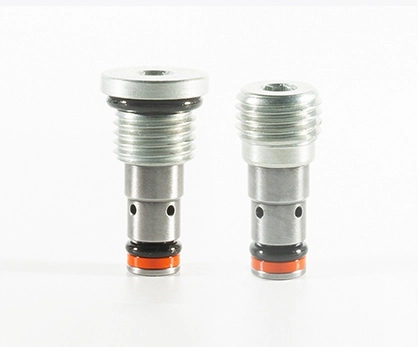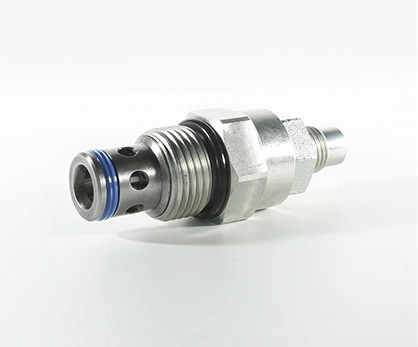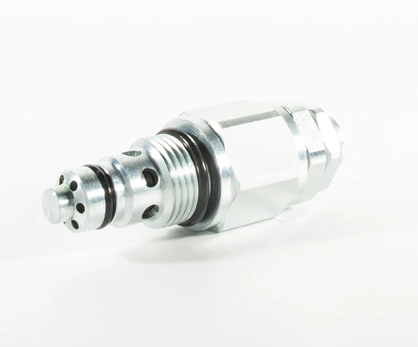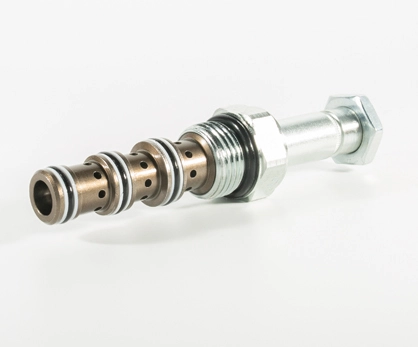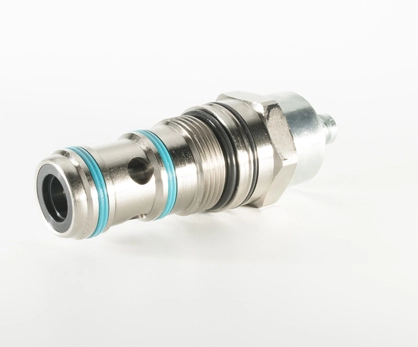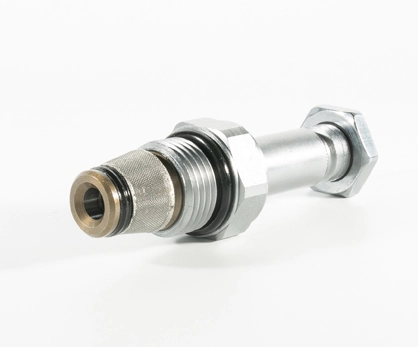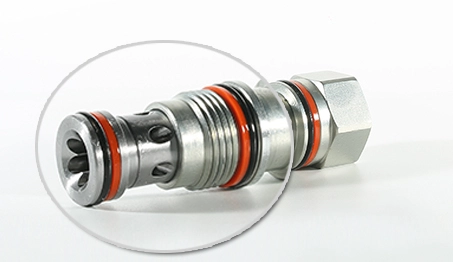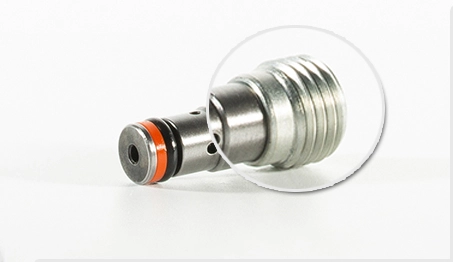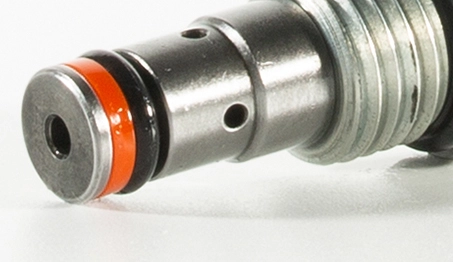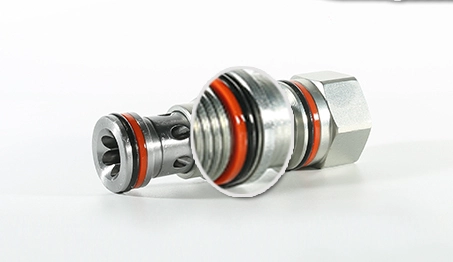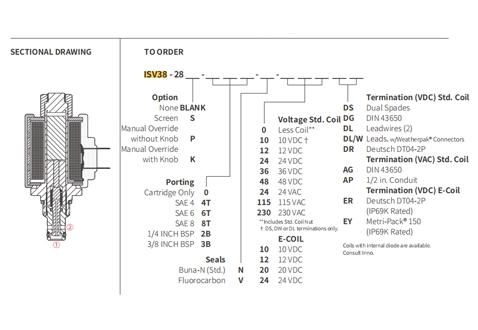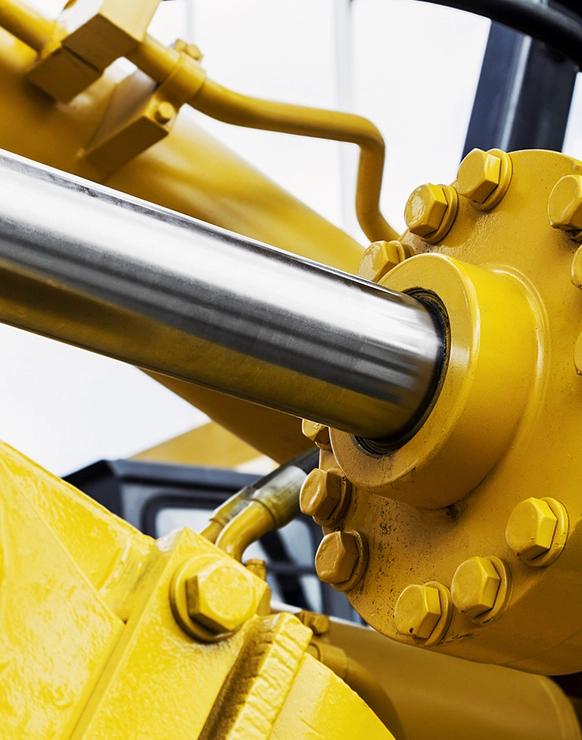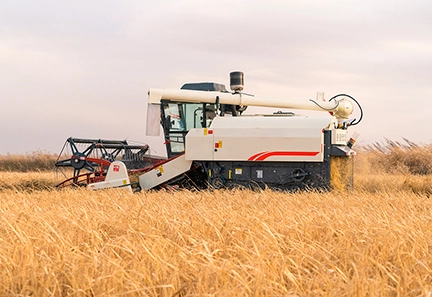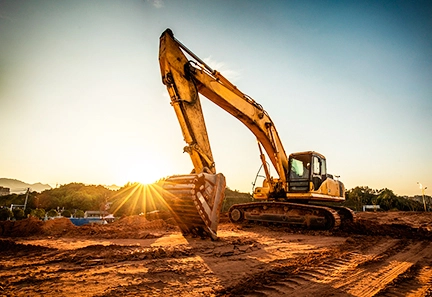Hydraulic Cartridge Valves VS Traditional Valves
Design and Size:
Cartridge Valves: These valves are compact, self-contained units that can be inserted into a manifold or a cavity in a hydraulic system. They are designed to be small and modular, allowing for easy installation and maintenance.
Traditional Valves: Traditional valves are often larger and more complex. They may consist of multiple components assembled together and are generally larger in size compared to cartridge valves.
Modularity and Customization:
Cartridge Valves: Cartridge valves offer high modularity. They can be easily replaced or exchanged without disturbing the entire hydraulic system. This modularity allows for easy customization of the hydraulic system.
Traditional Valves: Traditional valves are usually installed as part of a more intricate assembly. While they can still be replaced, it may involve more labor and time compared to cartridge valves.
Installation and Maintenance:
Cartridge Valves: Installation of cartridge valves is relatively simple. They are inserted into a manifold or cavity, and their modular nature makes them easy to replace or upgrade. Maintenance tasks are generally quicker compared to traditional valves.
Traditional Valves: Installing and maintaining traditional valves may be more involved due to their larger size and complex design. Access to and replacement of traditional valves may require disassembly of a larger portion of the hydraulic system.
Space Efficiency:
Cartridge Valves: Cartridge valves are known for their space efficiency, making them suitable for applications with limited space or where a compact design is crucial.
Traditional Valves: Traditional valves may occupy more space, which can be a consideration in applications where space is at a premium.
Cost:
Cartridge Valves: While the initial cost of cartridge valves may be higher, their modularity and ease of maintenance can lead to cost savings over the long term, especially in terms of reduced downtime during maintenance.
Traditional Valves: Traditional valves may have a lower upfront cost, but maintenance and replacement costs could be higher over time.

 English
English 日本語
日本語 français
français Deutsch
Deutsch русский
русский Español
Español italiano
italiano português
português Türkçe
Türkçe Suomi
Suomi norsk
norsk
